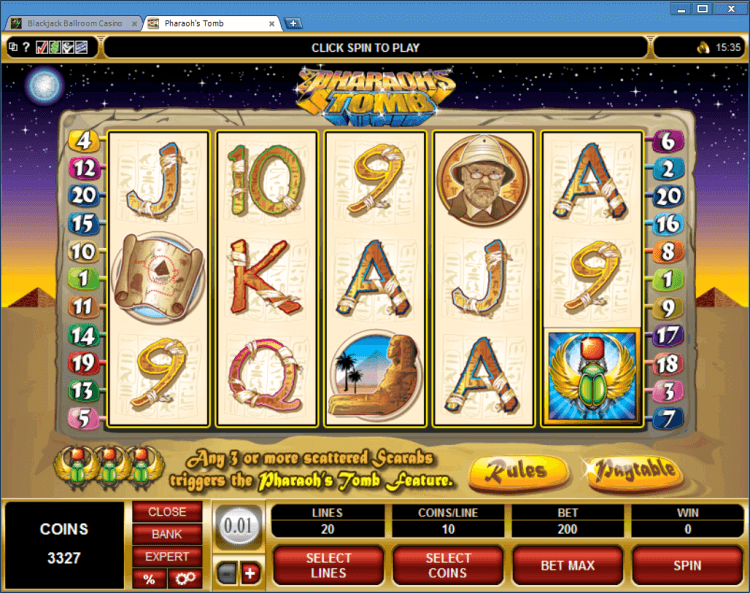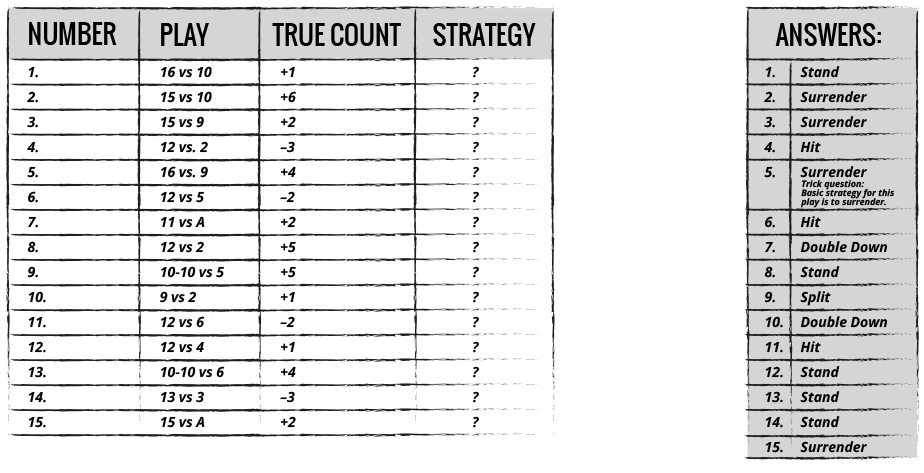True Count Method in Blackjack
Up until now, we have discussed the cumulative count of all the cards that have been played, which is known as the running count. As you might already realize, a certain running count towards the beginning of a round is not worth as much as the same as it is towards the end. For example, if you were playing http://casinoslots-sa.co.za/skrill a six-deck shoe and had a running count of +5 after seeing 1 deck, you could estimate that the remaining 5 decks contain slightly more than the average amount of tens and aces. The extra good cards are spread out among the last 5 decks. On the other hand, if you were playing the same six-deck shoe and had a running count of +5 after seeing 5 decks, you could estimate that the last deck contains much more than the average amount of tens and aces. The extra good cards are highly concentrated in the last 52 cards.

Unless we are adjusting an unbalanced count to a true count, we cannot cite its betting correlation (BC) or playing efficiency (PE). For example, the Red Seven has a betting correlation of about 97% at the pivot, just slightly greater than the Hi-Lo. But the Hi-Lo has better than 96% betting correlation throughout the full range of counts that. The running count is the count which players apply in order to determine the true count by counting the cards during the course of the game, using a particular card counting system. It is estimated according to the assigned values for each card which can be positive, negative or zero, depending on the chosen system.
True Count

A method of approximating our actual advantage is required for betting and play variation. The most popular method is to use the count per deck method, which is called the true count. To calculate it, the running count is divided into the number of decks that have not been seen. In the first example above, a running count of +5 with 5 decks remaining gives you a count per deck of +1. In the second example, a running count of +5 with 1 deck remaining gives you a count per deck of +5. The remaining cards in the second example are much better than the first. Therefore, you should always calculate the true count before making betting or playing decisions.
Figuring out the true count only requires basic math skills once you have the running count and a general idea of the number of decks remaining. Just divide the running count by the number of decks still left in play.
Some systems use different methods of making the calculations. As an example, you can divide your running count by the number of half decks remaining. For example, if you have a running count of -4 with 2 decks remaining, your count per half deck would be -1 since there are 4 half decks that you have not seen.
How To Find The True Count In Blackjack
I have found that it is easier to calculate the count per deck rather than “per half deck”. As a result, the numbers for bet variation and insurance quoted in this guide are based on a count per deck.